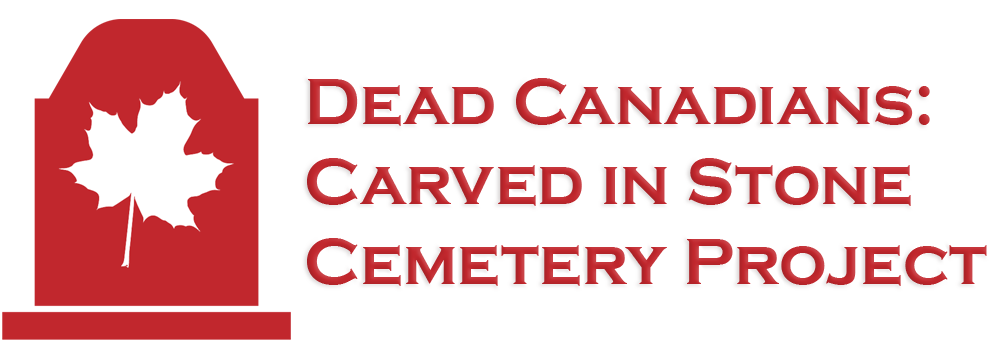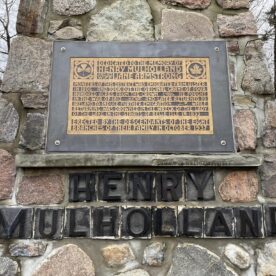Happy Hogmanay! As the year comes to a close and I cook my traditional haggis to celebrate, I thought I should touch upon a Scottish Canadian family whose home, now a museum, holds a special place in my heart and whose legacy, despite having a museum that preserves some of their history, is largely unknown.
Gibson House Museum, a City of Toronto museum, located just west off Yonge Street at Park Home between Sheppard and Finch, is almost hidden today because of all the development in the area. Still standing where it was the built in 1851, the early-Victorian Georgian Revival red brick farmhouse was home to Scottish born land-surveyor David Gibson, his wife Eliza Milne and their family.
David Gibson emigrated to Canada in 1825 and by December of that year was a deputy surveyor of roads and by September 1828 was surveyor of highways for the southern part of the Home District. Politically David was a moderate Reformer but ended up being caught up as a supporter of William Lyon Mackenzie during the unsuccessful 1837 Rebellion for which he and his family paid a heavy price. Their home was burned and he had to to flee to the United States for several years before being pardoned and allowed to return. While in the USA he set up a surveying business in Lockport, New York and then found work as an engineer on the Erie Canal at which point his family joined him. He was pardoned in 1843 but didn’t return to Canada until 1848.
Eliza Milne Gibson was born in Long Island, New York and emigrated to Canada as a child with her family. Her father, Alexander William Milne and her mother Jane Gibson, were both Scottish immigrants. The Milne family owned a large tract of land near modern-day Lawrence and Leslie and settled there after the War of 1812. They soon operated a successful woolen mill near the Don River and established a whole community known as Milnesford Mills. The property, including the woollen and saw mills, were bought by Rupert E. Edwards in 1944 and he created a garden there; the Toronto parkland known as Edwards Gardens. Here you can find a small, almost hidden, private family graveyard where many of the Milne family are buried. A Milne home that was still on the property in the 1960s sadly burned down, along with the libraries of the Civic Garden Centre and the Ontario Federation of Naturalists who had been sharing the space.
So you might have been thinking – Eliza’s mother was also a Gibson? This is not a coincidence; David Gibson and Eliza Milne were first cousins. The couple married in 1828 and had five sons – William Milne, James Alexander, David (d. infancy), Peter Silas and George Washington and three daughters – Elizabeth, Margaret Jane and Mary Helen.
Between 1828 and 1856 David Gibson surveyed much of Simcoe, Grey, Huron, and Bruce counties, as well as townships in Wellington, Wentworth, Ontario, and Dufferin counties. Between 1854 and 1863 he also surveyed, inspected, and was superintendent over the construction of the Elora, Saugeen, Goderich, Southampton, Garrafraxa, Peterson, Muskoka, and Victoria colonization roads which opened up many areas of Ontario for settlement. David died on 25 January 1864 while travelling in Quebec. His body was returned home and he was buried in the Willowdale Cemetery close to his home. Eliza Gibson was also laid to rest there after her death on 27 February 1887.
When Yonge Street was widened in 1931, the bodies of David and Eliza Gibson as well as several other family members were removed and re-interred at Mount Pleasant Cemetery in Toronto. There is no marker to indicate that any of the family are buried there, never mind any indication of the influential role that these Scottish settlers played in the modern development of our city and province.
Fortunately Gibson House, a museum since 1971, and the recently developed nearby Gibson Park help tell the story of the Gibsons and other Scottish settlers. As a historical interpreter and education officer at Gibson House Museum more than 20 years ago now, I learned how to make traditional haggis over the same open hearth where Eliza Gibson once cooked. We celebrated some of the same Scottish traditions that the Gibsons may have enjoyed at the end of the year such as shortbread, music and, of course, awaiting a knock on the door from the first footer who would hopefully be a dark-haired man bearing coal.
May your haggis not burst, your shortbread be buttery, your pipes be in tune and your first footer bring you a huge lump of coal. Happy Hogmanay!




Leave a Reply